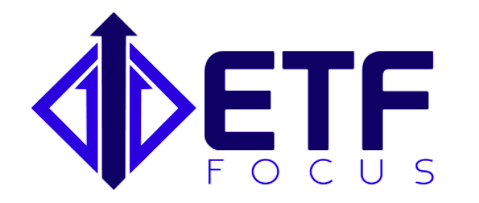The continued growth and popularity of index funds have made them the go-to investment of choice for many investors. While the largest index funds tend to track the S&P 500, there are funds tracking indices in almost every sector, style and size of the market. It could easily be assumed that every S&P 500 Index Fund is essentially identical, but there are certain features that make some funds preferable.
Cost
The expense ratio of a fund is what shareholders are charged annually to invest in it. It covers management fees, administrative costs, marketing expenses and other fund charges. Expenses are deducted directly from the fund’s total assets, and affect the returns that shareholders experience. Funds with higher expense ratios have greater difficulty tracking their benchmark.
Funds can charge whatever fee level they choose. Some charge as little as possible in order to attract assets, while others charge more. Investors should generally target index funds with the lowest possible expense ratios. This helps to not only ensure that shareholders match the underlying index’s total return as closely as possible, but also saves shareholders money.
Tracking Error
A very small degree of tracking error, the difference between the performance of the fund and its underlying benchmark index, is to be expected with index funds. The purpose of an index fund is to track its index as closely as possible, so funds with minimal tracking error are ideal. While tracking error on S&P 500 Index Funds tends to be relatively immaterial, there are factors that can affect any fund’s ability to replicate its index.
As mentioned earlier, higher expense ratios result in larger tracking errors. Trading frequency within the fund can also affect its ability to track. For example, if the S&P 500 swaps out and replaces a number of components but the fund only rebalances on a quarterly basis, the fund and the index are going to be out of sync until the fund can be rebalanced.
Structure
Funds that fully replicate their benchmark by buying every security within the index in the same percentages tend to be the most successful in achieving their objectives. Not all index funds, however, fully replicate their indices. Some smaller funds may choose to only invest in most of an index instead of all of it, since it could be cost-prohibitive to take so many tiny positions in stocks that hardly affect the fund’s performance. Other funds may engage in the use of derivatives contracts, since they may be cheaper than purchasing all of the securities within an index.
Performance
Assuming that index funds fully replicate their benchmarks, expense ratios will largely be the factor that results in one fund outperforming another. The annualized performance difference between two otherwise identical S&P 500 index funds should be roughly equivalent to the difference in their expense ratios. Again, funds with the lowest expense ratios should be the top performers.
Funds with high expense ratios can find themselves significantly underperforming their index over time. The Rydex S&P 500 Fund (RYSPX), for example, charges a 1.56% annual expense ratio. Since the fund’s inception on May 31, 2006, it has underperformed the S&P 500 by roughly the exact amount of its expense ratio, 1.55%, per year.
The Biggest S&P 500 Index Funds
There are more than 100 different mutual funds that track the S&P 500. These are the five largest.
To get more data on the index funds listed, click on their ticker symbols.
Vanguard 500 Index Fund (VFIAX)
- Total Assets: $260 billion
- Expense Ratio: 0.05%
- Front-End Load: none
- Back-End Load: none
- 12b-1 Fee: none
Fidelity 500 Index Fund (FUSVX)
- Total Assets: $107 billion
- Expense Ratio: 0.045%
- Front-End Load: none
- Back-End Load: none
- 12b-1 Fee: none
T. Rowe Price Equity Index 500 Fund (PREIX)
- Total Assets: $28 billion
- Expense Ratio: 0.27%
- Front-End Load: none
- Back-End Load: none
- 12b-1 Fee: none
Schwab S&P 500 Index Fund (SWPPX)
- Total Assets: $23 billion
- Expense Ratio: 0.09%
- Front-End Load: none
- Back-End Load: none
- 12b-1 Fee: none
Northern Stock Index Fund (NOSIX)
- Total Assets: $7 billion
- Expense Ratio: 0.10%
- Front-End Load: none
- Back-End Load: none
- 12b-1 Fee: none
Bottom Line
Never assume that funds are essentially the same just because they share the same underlying index. S&P 500 Index funds may all seek to benchmark the popular index, but the expense ratio and portfolio construction will have a large part in determining how well it can match its performance. In general, seek out index funds that fully replicate the index and charge the lowest annualized expense ratio. In most cases, those will be the funds that perform the best.
Click the button below to read the original article on www.mutualfunds.com.
ETF Research
We cover ETFs across all sectors, regions and markets. We analyze the portfolios themselves as well as the macro environments that affect them.
Mutual Fund Research
We do mutual fund research too! Although not covered quite as in-depth as the ETF world, we've still profiled many of the big names!
Investing Strategy
Everything from retirement planning to 401(k) investing to options trading strategies and everything in between!
Next Steps...
Got a question? A comment? A fund you want to see profiled? Let us know!




